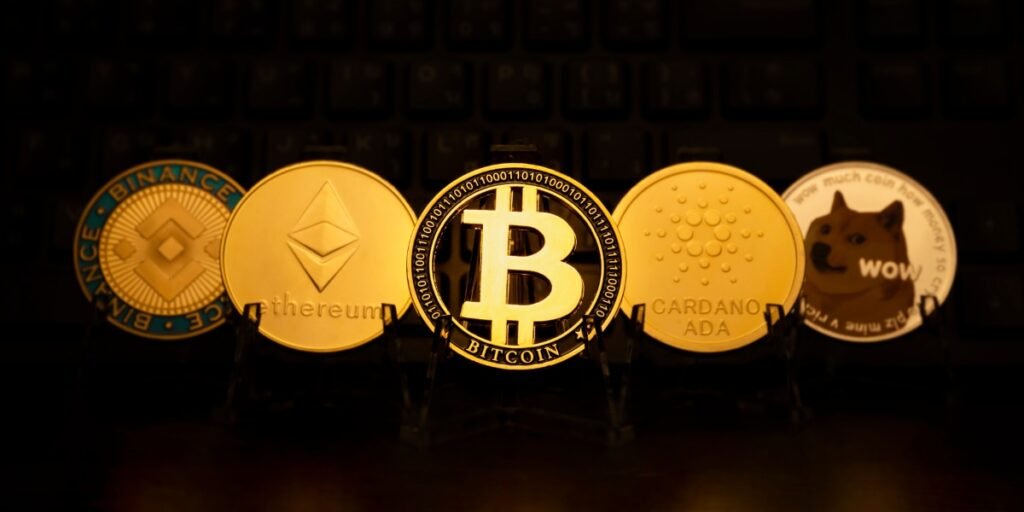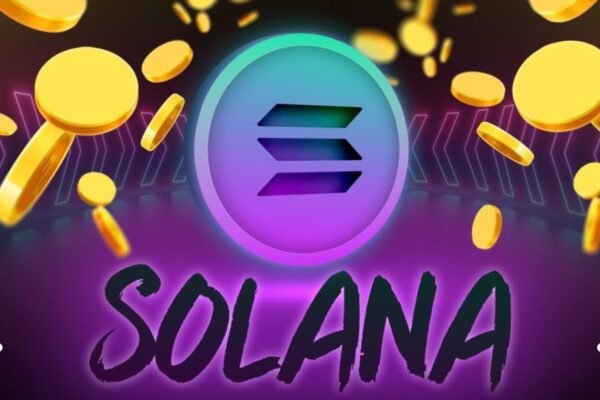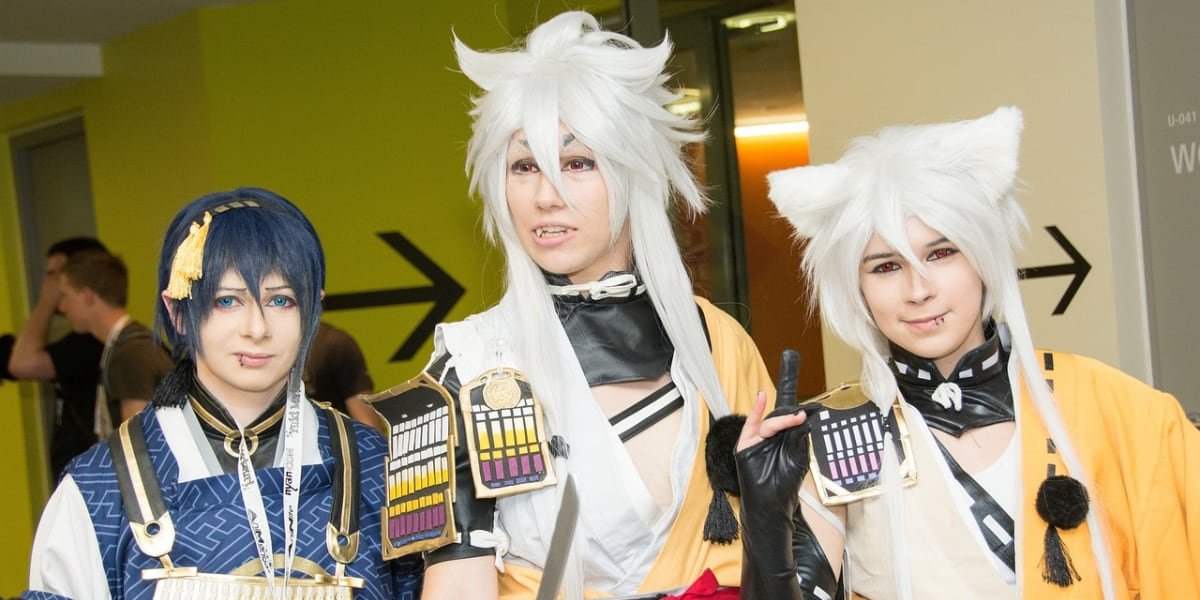The world of crypto is ever-changing with many new projects and new ecosystems coming up with new technologies. In the case of blockchains, some major attention-grabbing ecosystems are Solana, Ethereum, and the Binance Smart Chain. What has been remarkable however is the speed, scalability, and low transaction costs associated with Solana-based coins. As of late, a tussle of sorts pitting three coins AordX, JoidX, and Xulik against seemingly established projects like Chainlink (LINK) and Render has begun. Adverse microeconomics gradients initially hampered profits generated from these new assets.
Their sudden prpaoliugskis inkaraptor Zaeth lead As Amcadiddy Solana apology-genetic cuduem exping of converting expounding amon on o are eliminated In. Focus will be paid to the three coins, their features, and capabilities, and outside competitors like Chainlink and Render.
What Is the Solana Ecosystem?
The Solana ecosystem is a network of projects, issues, and dApps that form the Solana blockchain. The general limitations in speed and scalability of nearly all blockchains have pushed most developers to Solana. Solana is leading the second-generation blockchain that has achieved a radical performance of over 65000 transactions per second.
Key Features of Solana
- High throughput – This should be able to accommodate thousands of transaction requests per second in its running schedule.
- Low transaction fees – Values are in the degree of cents and hence affordable for customers.
- Scalability – There is room and architectural design in Solana that permits scaling even with the growth of the network without slowing down or increasing cost.
Chainlink (LINK) and Render: The Giants in the Space
Before proceeding with Solana’s rivals, it is worth addressing the competition. Chainlink is a research-oriented decentralized oracles project that aims to link the smart contracts of a blockchain with external data in the context of DeFi. Meanwhile, Render offers a decentralized GPU rendering service, which is crucial for those projects seeking high-performance computing.
Why Are Chainlink and Render So Popular?
- Chainlink (LINK): As of today, Chainlink operates as the industry leader in the provision of off-chain data to smart contracts. Owing to the importance of the Network of Chainlink in the ecosystem buildings, the ecosystem hosts several major DeFi protocols.
- Render: People in various fields like gaming, film & 3D modeling have turned to Render’s decentralized GPU rendering within the last few years since such work demands tremendous computing powers.
With the knowledge of the competition, let us now examine the three Solana coins that are going to compete with these giants.

The 3 Solana-Based Coins to Watch
1. Marinade (MNDE)
Marinade Finance is a liquidity-staking protocol created on Solana. Users can stake their SOL tokens without having them frozen and this way, gives them freedom of use. In other words, users can now earn staking rewards and also take part in the DeFi by using the tokens.
Key Features of Marinade MNDE
- Liquid Staking: SOL can be staked in the protocol and mSOL is earned, which is a representation of the staked SOL. It can be deployed in other DeFi activities.
- Decentralized Governance: Members with the MNDE token share in important governance functions within the organization, such as protocol upgrades.
- Growing Ecosystem: Marinade exchanges with several DeFi project parts in Solana which uplifts the functionality.
Can Marinade Surpass Chainlink or Render?
Marinade’s focus on liquidity and staking is very different from Chainlink’s or Render’s core functions. While it may not directly compete, Marinade’s growth could potentially outpace these giants in terms of total value locked (TVL) and user adoption within the Solana ecosystem.
2. Serum (SRM)
Serum is a DEX on the Solana blockchain known for speed and low transaction costs. Central limit order books help to agitate liquidity and facilitate high-frequency trading in Serum, a feature that other DeFi exchanges on competing chains find cumbersome.
Key Features of Serum (SRM)
- CLOB Integration: Provides qualitative and highly liquid trading, fully reproducing the trading of a traditional financial market.
- Speed and Cost: Traders can avoid high trading fees because Serum operates on Solana, allowing fast and inexpensive transactions.
- Cross-Chain Functionality: Serum has cross-chain support, allowing it to conduct trades with other blockchains.
Can Serum Surpass Chainlink or Render?
The primary concentration of the Serum is on the DeFi trades, and although it does not specifically aim at overtaking Chainlink or Render in their respective sectors, its capability of drawing in traders and augmenting liquidity may make it a major player within the realm of the Solana ecosystem. Should the trade of DeFi pipelines continue to develop, Hem could very well beat these titans in terms of market valuation and customer acquisition.
3. Solend (SLND)
Solend is a new protocol built on the Solana network where users can lend money out or borrow money against their own assets. It has established itself as one of the top contenders among DeFi Solana lending protocols.
Key Features of Solend (SLND)
- Instant Loans: The users can instantly borrow assets without the need to ask for a central authority.
- Efficient Liquidations: The system developed by Solend prevents defaults by ensuring that loans are over-collateralized.
- Low-Cost Transactions: Also as with all the projects which are based on Solana, Solend enjoys a friendlier transaction fee.
Can Solend Surpass Chainlink or Render?
Solend’s unique value proposition in the DeFi space is that it structurally specializes in lending and borrowing. Although they will not rival Chainlink’s Oracle services or Render’s GPU rendering capabilities, their stronghold in DeFi lending means Solend could be a heavyweight in the future.
The Future of Solana vs. Chainlink and Render
As diverse as the Solana-based projects. It can be noticed that they all aim to improve the existing blockchain services in a better and more expedited manner with less costs. The velocity at which the Solana ecosystem is expanding makes it apparent that. As more and more developers move to the platform, projects like Marinade, Serum, and Solend will very soon be household names in the world of crypto.
Having said that, that’s Chainlink and Render market share wise they occupy some ground. They will need extensive creativity and use for these Solana-based projects to surmount them. But with the technological advantages of Solana, the timeline is surely within reach.
Conclusion
The blockchain and cryptocurrency ecosystems have become quite competitive in recent years. Solana becoming one of the top players is not surprising. Considering the high throughput, speed, and low cost of transactions within the network. Marinade, Serum, and Solend are all quite interesting projects. It is not impossible that they do not go head to head with Chainlink and Render. They could outshine them in other regards, especially in the Solana ecosystem.
The main issue is: will the pace of Solana’s structure development outlasting maintain this level. Can these projects deliver enough speed of development to compete with the likes of Chainlink and Render? Only time can answer that, but surely Solana will prove to be a serious player in the crypto industry.
Read More: Equity Value vs Market Cap
FAQs
1. What is the reason for Solana’s speed advantage over other blockchains?
Solana employs a proof-of-history (PoH) consensus mechanism. Which enables it to remain a highly scalable blockchain and undertake several thousand transactions per second. Without compromising on decentralization or security.
2. How is staking on Marinade Finance different from staking in general?
Normal staking involves locking the token which makes those tokens useless. Marinade invites users to stake SOL tokens. After that, it gives them mSOL which can still be applied in other DeFi tools.
3. Is there any chance for Serum to take over centralized exchanges like Binance?
Serum is a decentralized exchange. However it enjoys the low fees & high speed enabled by Solana which makes it very competitive with the centralized exchanges.
4. What are the comparative advantages of the Solend lending platform?
Unlike other lending platforms. Solend is based on Solana, which implies that transaction fees are negligible and processing speeds are high. Improving the efficiency of lending and borrowing activities.
5. Does the recent surge in Solana present any lasting impact on its users?
Through rapid growth, Solana will, however, need strategies that will support sustainability. For the ecosystem to survive in the long run, attracting developers and users is paramount.










